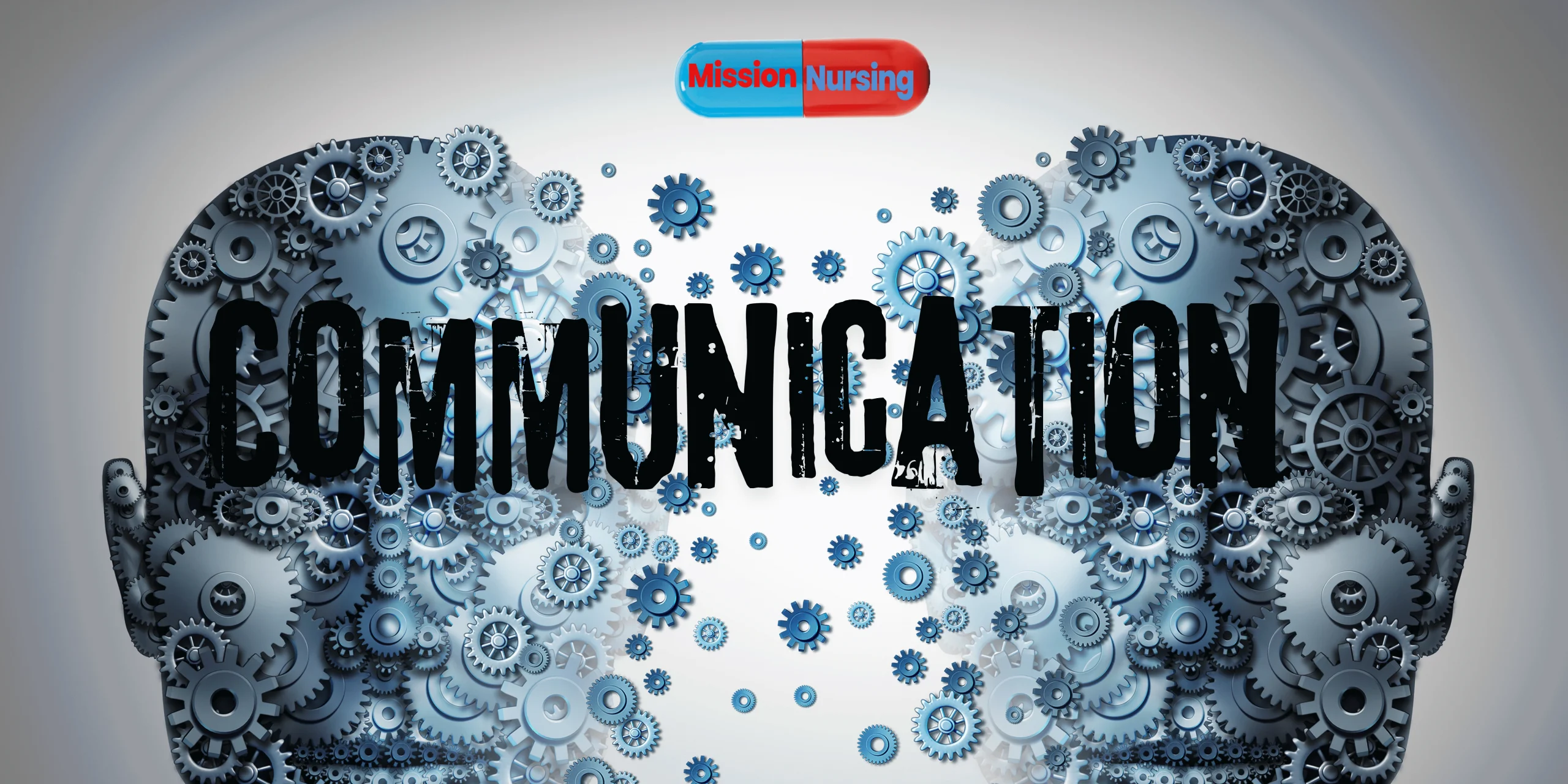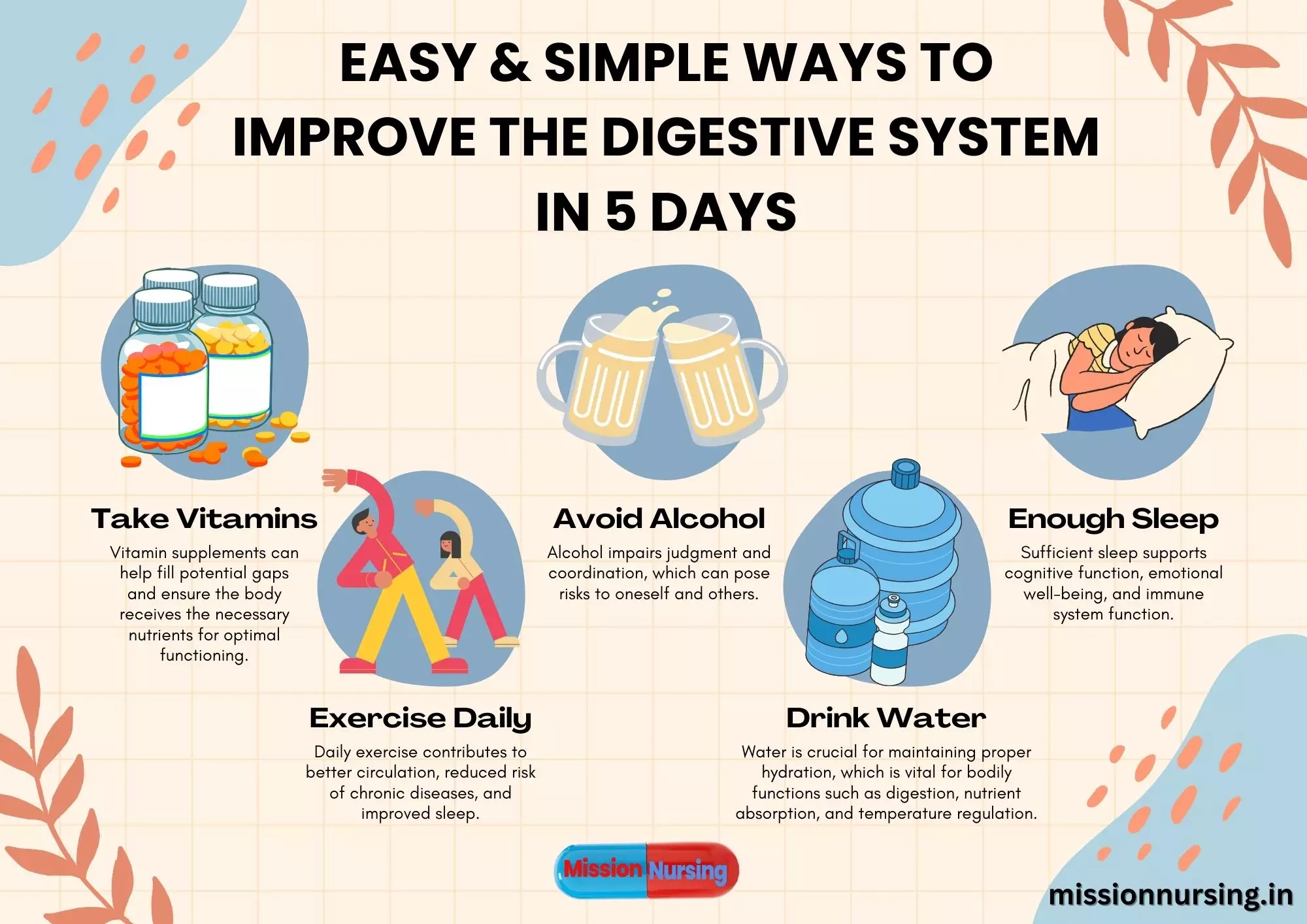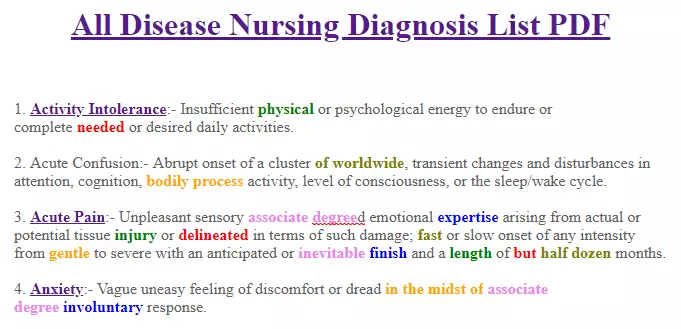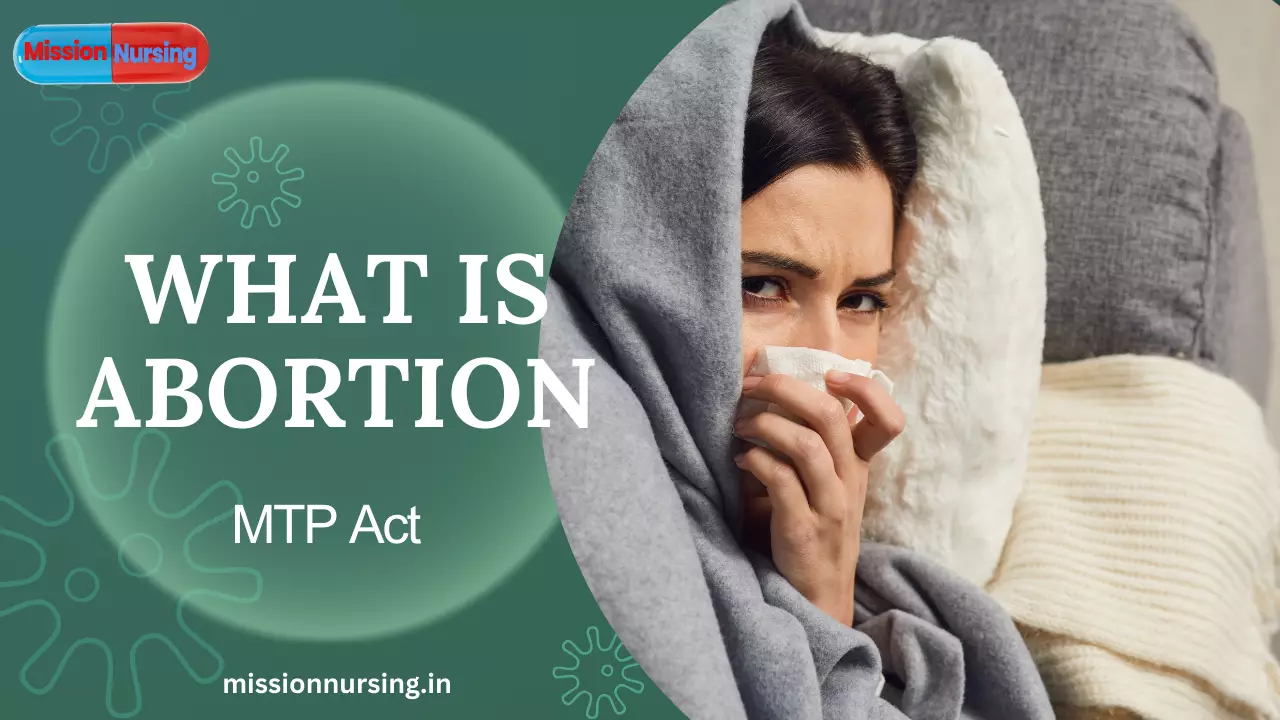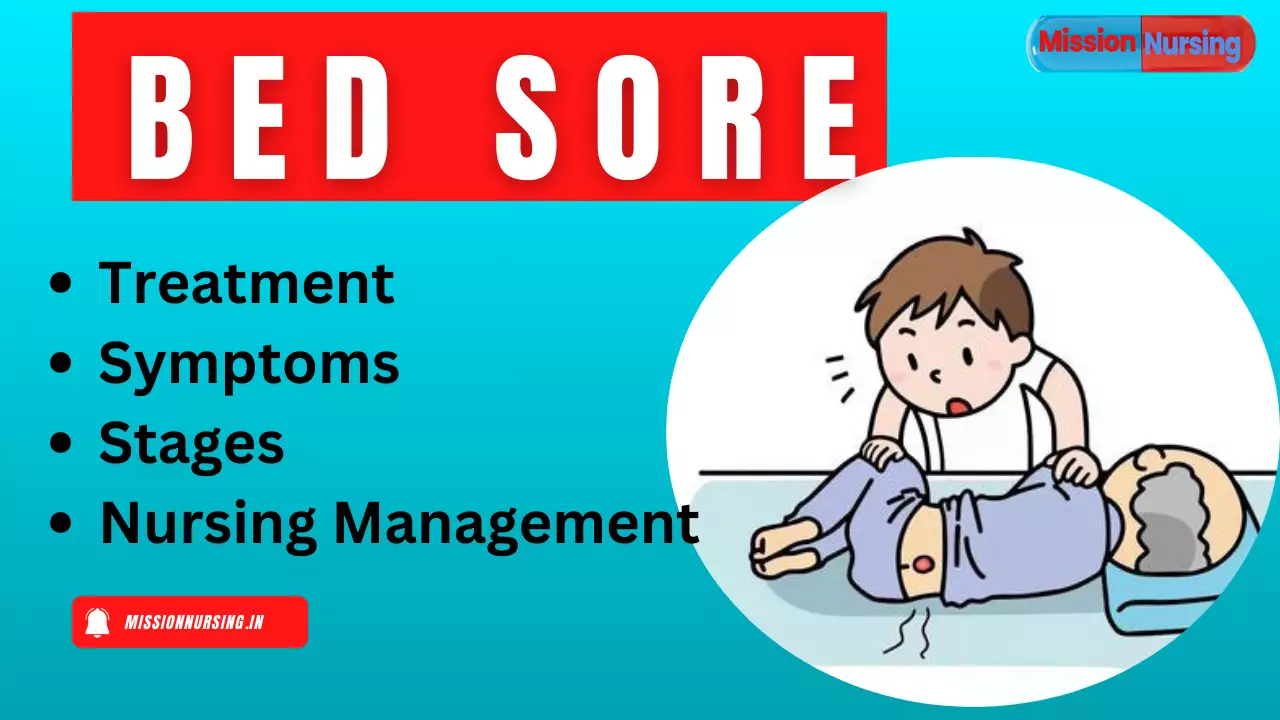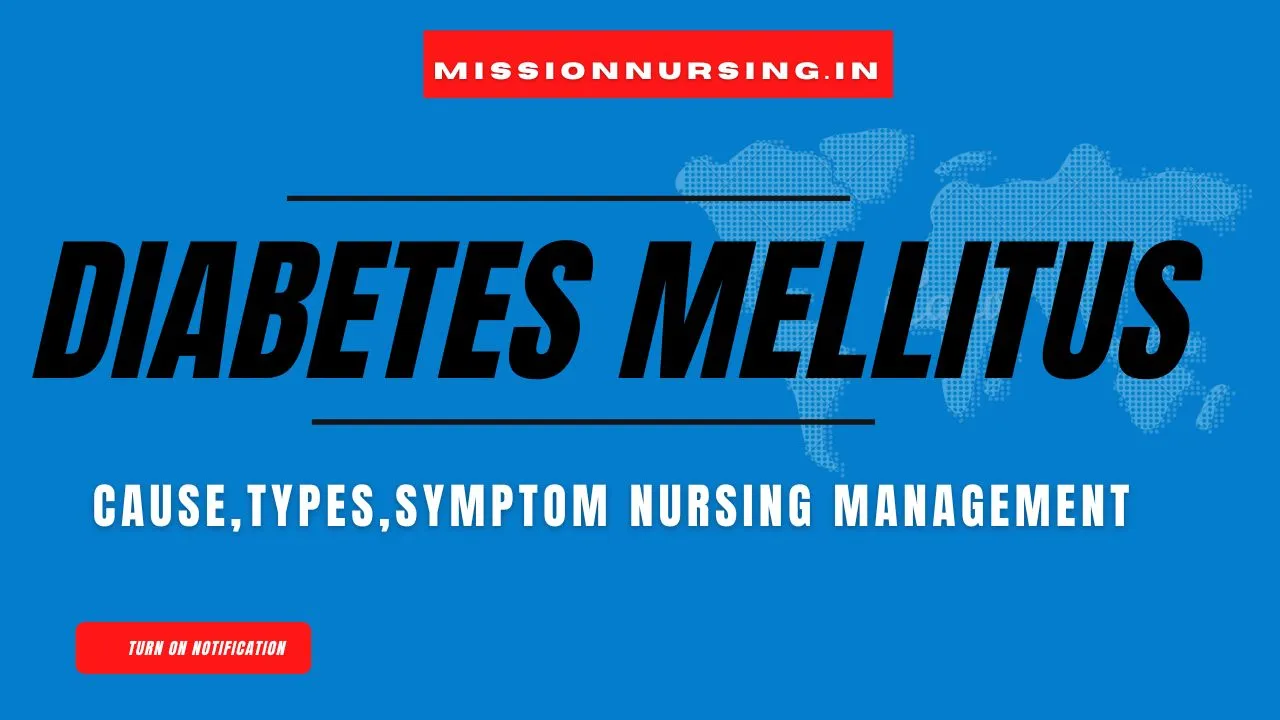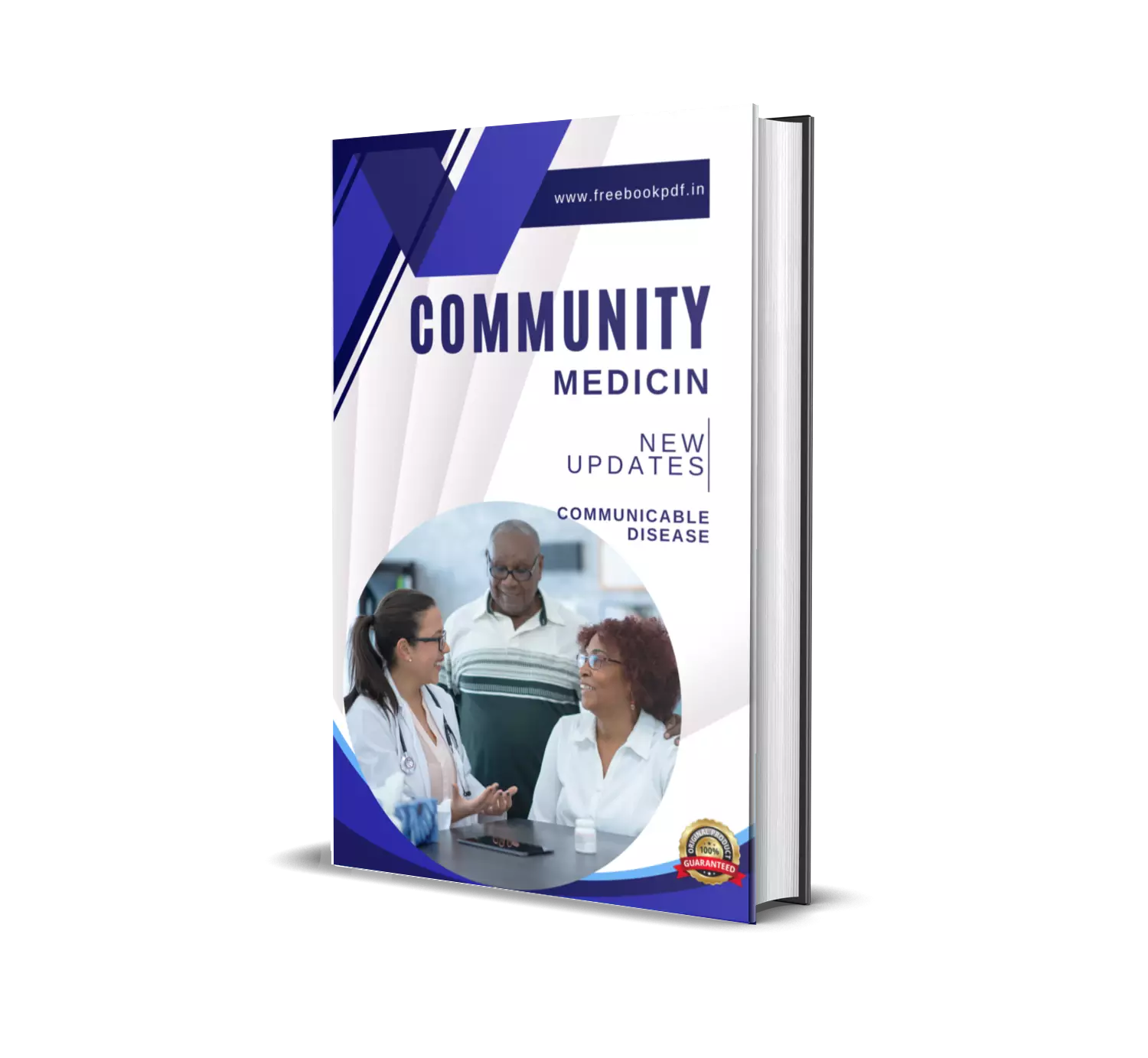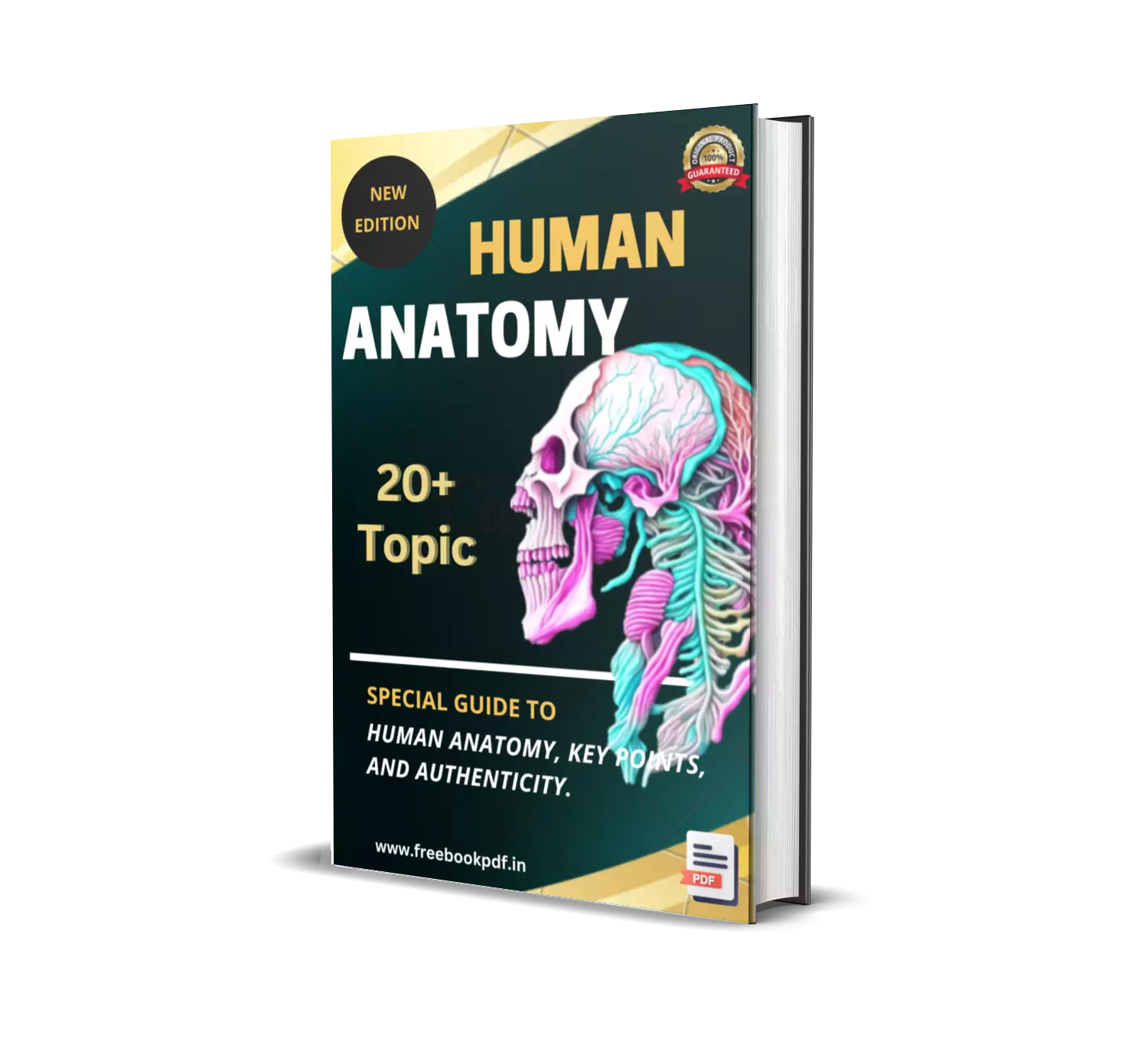what is the Pharmacokinetics
Pharmacokinetics
- Pharmacokinetics is a quantitative study of the drug movement, and it includes the response of the body to drugs.
- The pharmacokinetics involve
- Absorption
- Distribution
- Metabolism
- Excretion
- All of these processes involve the transport of drugs across the biological membrane.
Biological membrane-
It is a cell membrane or bilayer of a phospholipid, about 100 Å thick.
- The biological membrane is made up of cholesterol, phospholipid, and a small amount of carbohydrates.
- Lipid soluble substances easily cross the biological membrane and restrict the transportation of water-soluble substances.
- The drug transport the biological membrane by
- Passive diffusion
- Filtration
- Specialized transport.
- Passive diffusions – Mostly drugs are absorbed by the passive diffusion in which drugs cross the biological membrane from high concentration to low concentration.
- Use of energy is not required in this process.
- Lipid soluble drugs diffused through the membrane are called passive diffusions.
- Filtration – Water soluble drugs are filtered through aqueous pores in the membrane from high concentration to low concentration, is called filtration.
- Specialized transport
- Carrier transport – The drug is combined with a carrier that is present in the membrane, and transported from one side to another side of the membrane.
Carrier transport include (types of Carrier transport)
- Active transport
- Facilitated diffusion
- Active transport
- The movement of drugs against the concentration gradient.
- It is divided into primary and secondary active transport.
- In primary active transport, substances move low to high concentration, so require energy.
- In the second active transport, one substance moves low to high concentration and another substance moves high to low concentration.
- If both substances move in the same direction, it is called symport.
- If both substances move in the opposite direction it is called antiport.
- Facilitated diffusion – The drugs move from high to low, so no need of energy.
- Pinocytosis – The protein nature substances are uptake by the cells in the form of vacuoles.
Drug Absorption
- The meaning of absorption, the movement of drug from its site of administration in the bloodstream.
- Factors that affect the drug absorption
- Aqueous solubility – When a drug is taken through the oral route, it is available for absorption only after dissolution.
- More aqueous solubility has fast dissolution.
- Concentration – High concentrations of drugs have fast absorption.
- Solubility – The lipid-soluble drugs are absorbed faster.
- Area of absorbing surface – Large surface areas have faster absorption.
eg:- intestine is large surface area, so allows fast and more absorption, the stomach is less surface area, so allows slow and less absorption.
-
Route of drug administration –
- Drug absorption is also affected by the route of drug administration.
- Lipid soluble or nonpolar drugs are absorbed orally and enter the cell.
- Water soluble or polar drugs are not absorbed orally and do not enter the cell.
- Vascularity – High vascular area allows fast absorption. Eg:- muscles.
- Less vascular area allowed the slow absorption.
eg:- subcutaneous tissue.
- Drug ionization – Unionized are the lipid soluble drugs, so well absorbed, and ionised drugs are less absorbed.
Drug Distribution
- After absorption, the drug enters the bloodstream and gets distributed to the various fluid compartments.
- Eg:- intestinal fluid and plasma compartment, CSF, cellular fluid, transcellular fluid, etc.
- Each drug is distributed throughout the body tissue.
Factors that affect the drug distribution process are
- Lipid solubility of drugs.
- Ionization of physiological PH
- Plasma protein binding
- Some diseases like cirrhosis, uremia, and CHF.
- Regional blood flow difference.
The volume of drug distribution (Vd)
Vd = Dose administer through Iv route / plasma concentration.
- If the volume of distribution is increased, when less concentration of plasma.
- If high concentrations of plasma conduct less volume of distribution.
Re-Distribution of Drugs
When highly lipid-soluble drug administration through the IV route
↓
Firstly drugs is distributed in the high vascular body organs like – the heart, brain, kidney, etc.
↓
High concentration of drug
↓
Laterly drug is redistributed to the less vascular body organs like muscles and fat.
↓
Decrease the concentration of drugs in the blood.
↓
The drug takes from the high vascular tissue
↓
Decrease concentration
The barrier to Drug Distribution
- The blood-brain barrier (BBBr)
- Placental barrier
- Blood, CSF.
- Only lipid-soluble drugs can cross the blood-brain barrier and restrict the water-soluble drug.
- The placental barrier allowed the lipid-soluble drug only.
- P-gaps are present in the placenta, so the placental barrier is incomplete, if there is a high amount of water-soluble drug for a long time, and then they also cross the placental barrier.
Plasma protein binding
- The drugs are bound with the plasma protein (Albumin or Alpha1 – acid glycoprotein).
- Plasma protein binding of drugs is dependent upon the nature of drugs. Eg:- diclofenac = 99% plasma binding
Lithium = 0% plasma binding.
- Acidic drugs bind with albumin protein and alkaline drugs bind with Alpha1 – acid glycoprotein.
eg:- Beta-blockers drug is – alkaline drug.
NSAID drug is – Acidic drug.
- Plasma protein binding acts as a temporary storage of the drug.
- Plasma protein bind drugs are not available for distribution, metabolism and excretion.
Drug displacement
- Drug displacement causes the drug toxicity.
- When 2 drugs are bound with the same plasma protein on the same side.
- A drug displaced to another drug and causes the free concentration of the drug in the blood and causes toxicity.
Tissue storage
- The storage of drugs in the specific tissue, which is based on active transport on continuous use.
- It is the cause of the toxicity.
- Eg:- Iodine drug storage in thyroid gland and tetracycline drug store in bone and teeths.
Drug Metabolism (Biotransformation)
- It is a chemical alteration of the drug in the body.
- The metabolism process of the drug converts the non-polar (Lipid soluble drug) into polar (Water soluble drug), to make the drug suitable for excretion.
- Many sites of the body, which take the metabolism process, like – liver, kidney, plasma, lungs etc.
- Mainly the metabolism process done in the liver.
- Biotransformation is a chemical alteration of a drug inside the body.
- The metabolism chemical reaction is done in the presence of enzymes (Microsomal and non-microsomal).
- Microsomal enzymes are stimulated by drugs, smoke, barbeque etc.
- Both enzymes are absent in the new-born.
- Biotransformation chemical reaction done into 2 phases
Phases 1 – Non Synthetic reaction
Phases 2 – synthetic reaction.
- Phase 1 (Non-Synthetic reaction) functionalization reaction that converts the drug to a more polar metabolite through oxidation, reduction, and hydrolysis.
- Phase 2 (synthetic reaction) is a conjugation reaction that is combined with sulphuric acid, glucuronic acid, glycine, acetylation, or methylation.
Factors affecting the drug metabolism
- Age and sex
- Nutrition and diet
- Disease condition
- Genetic variation
- Species.
Drug Excretion
what is drug excretion
- Excretion is a process, which passes out of the systemically absorbed through various channels are – urine, feces, saliva, sweat, milk, exhaled air, etc.
- Excretion is an essential process to determine the duration of drug action and toxicity.
- Urine – The kidney is the most important organ for the excretion of drugs through urine, also known as renal excretion.
- Renal excretion =
= {Glomerular filtration + tubular secretion} – tubular reabsorption.
- In the case of renal disorders, the kidney is unable to excrete drugs.
- After the glomerular filtration, the ionising drugs are not reabsorbed – Excrete.
- If unionizing drugs are 99% reabsorb and sent to the systemic circulation.
- Faces – Drugs are not absorbed in the GI tract that is excreted with faces.
eg:- sulphaguanidine drug.
- High molecular weight substance above 300, that is not easily excreted through urine, excrete via faces through the biliary excretion.
- Bile – Uncharged drug and their metabolic products are excreted with bile.
- Exhaled air – Some volatile gases are liquids that are excreted through the exhaled air.
eg:- nitrous oxides.
- Milk – Generally lipid-soluble drugs are entered in breast milk.
- Excretion of drugs through breast milk in small amounts.
Eg:- tetracycline, anti-cancer, lithium, sulphonamide, etc.
- Saliva and sweat – It is a minor route of drug excretion.
- Rifampicin drugs are excreted through sweat and tears.
- Lithium, phenytoin, and metronidazole drugs are excreted through saliva.
Key Points
- The study of drag movement is – Pharmacokinetics
- Which soluble substance crosses the biological membrane – Lipid soluble
- Lipid soluble drug diffused through the membrane is called – Passive diffusion
- Water soluble drug filters through pores in membranes are called – Filtration
- the movement of drugs against the concentration gradient – Active transport
- If drug distribution volume is increased when – Plasma concentration is low
- which type of drug crosses the blood-brain barrier – Lipid soluble drug
- which type of drug commonly crosses the placental barrier – Lipid soluble drug
- Diclofenac consists of plasma protein binding properties of about – 99%
- Lithium consists of plasma protein binding property – 0%
- Acidic drugs bind with the – Albumin protein
- Alkaline drugs bind with the – Alpha 1 acid glycoprotein
- The drug displacement process in the body causes the – Drug toxicity
- Metabolism of drugs in the body is called – Biotransformation
- Metabolism of drugs is a – Chemical alteration of drugs in the body
If any quary related to this post please comment me.
Comment for any type of correction and Updates in the Data.
Read also …….






